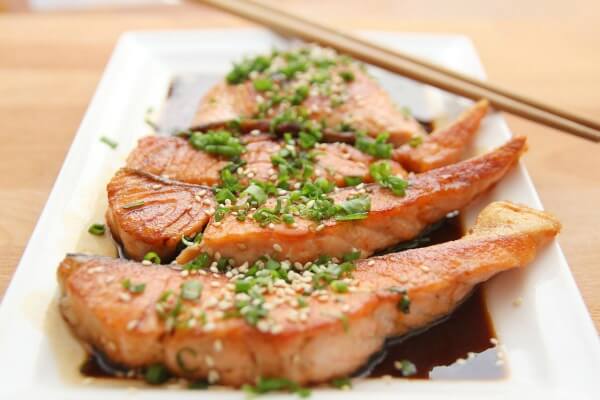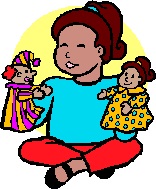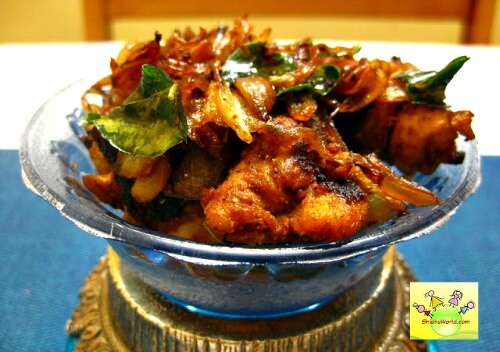Protein Rich Foods for kids – Protein is an important nutrient for everyone but much more so for growing children. Protein is also called the body building nutrient and helps in building, maintaining and repairing the tissues of the body. Parents often worry about their kids not getting enough protein in their diet but the good news is children need much less protein in their diet than we worry about. Growing children between the age of 4 and 13 need 1 gram of protein per kg of body weight. So, a child who is 25 kgs in weight will roughly need 25 grams of protein in her daily diet. And there are plenty of both vegetarian and non-vegetarian food options to get that.

Vegetarian Protein Rich Foods
Vegetarians often worry about kids not getting enough protein, but there are lots of good vegetarian protein rich foods that we can and should include in our diets.
Pulses / Lentils
 Pulses are the most common of vegetarian protein rich foods and there is no surprise that they are present in some form in our daily diets in every region of the country. Indian pulses are available in whole bean, split with skin on and split with no skin or dhuli daal as it is called in Hindi. The split version is what is called lentils and is used to make dals, which is just boiled lentils with some kind of tempering.
Pulses are the most common of vegetarian protein rich foods and there is no surprise that they are present in some form in our daily diets in every region of the country. Indian pulses are available in whole bean, split with skin on and split with no skin or dhuli daal as it is called in Hindi. The split version is what is called lentils and is used to make dals, which is just boiled lentils with some kind of tempering.
Common dals are mung, masoor, toor or arhar, chana, matki etc. Dals can also be prepared into sambhar, idli, dosa, dhokla, vada, curries like chhole( chickpea curry), rajma ( kidney beans curry), lobia etc.
Even though dals are incomplete protein, they provide full amino acids when taken with rice, which is how it is eaten in most Indian homes.
Pulses can also be soaked and sprouted which enhances their nutrition and protein content. You can prepare sprouts weekly and use them in salads, curries, dosas etc.
Milk
Milk is an important part of most people’s daily diet and unless you are a vegan, you can safely take milk and milk product which is rich source of protein. A 250 ml glass or cup of milk can provide as much as 8 gm of protein to a child.
You can serve milk plain or as milk shakes and smoothies. Milk can also be added to soups and curries in place of milk.
Yogurt / Curd
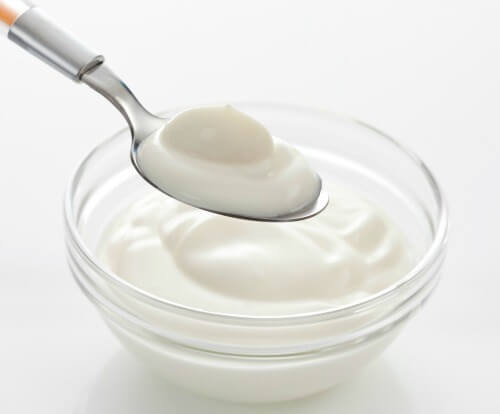
Many children do not enjoy milk but will happily have a bowl of curd, which gives approximately the same amount of protein and is much easier to digest for everyone. You can give it as curd rice tempered with spices and curry leaves or just a bowl or curd and rice with a little sugar.
You can also make buttermilk or chaas which is also a really cooling drink and a great digestive. You can make it at home easily and it always better than store-bought one.
Paneer
Paneer is usually a favourite with most kids and adults alike and can be given in many forms. Crumbled paneer can be made into bhurji or stuffed parantha. There are lots of recipes of different paneer curries.
Soya beans / chunks 
Soya beans are a good source of protein and can be included in children’s diet in various form. Soya chunks are easily available and can be made into curries, rolls, bhurji etc.
Soy milk is also an option for kids who are vegan or are lactose intolerant and cannot have cow’s milk. We shared how you can make your own soy milk at home.
Homemade Soya milk: Step by Step process
Tofu
Tofu is basically soya cheese or paneer. It can also be made at home with the homemade soy milk.
Cheese
Cheese of all kinds are a hit with most kids and you can serve them as a side or in their chapati rolls, pasta, pizza etc.
Nuts and Seeds
Nuts and seeds should be a part of everyday diet. You can give soaked nuts first thing in the morning or with milk in evening. Peanut butter is a hit with most kids and can be made easily and economically at home.
If your child is not a great fan of nuts and seeds, then you can make a powder and add it to porridges, milk shakes, or sprinkle over anything at all. You can also combine nuts, seeds and dried fruits to make dry fruit laddoos.
Grains

Whole grains do not just provide energy but are also protein rich foods and when combined with other vegetarian sources like lentils and nut butter form complete amino acid. So, dal and rice, bread and peanut butter, paneer and roti form perfect combos.
Non-Vegetarian Protein Rich Foods
Non-vegetarian food can provide protein boost in your child’s diet. Non-vegetarian foods are often called ‘complete proteins’ , as they contain all the amino acids, the building blocks of protein.
Egg
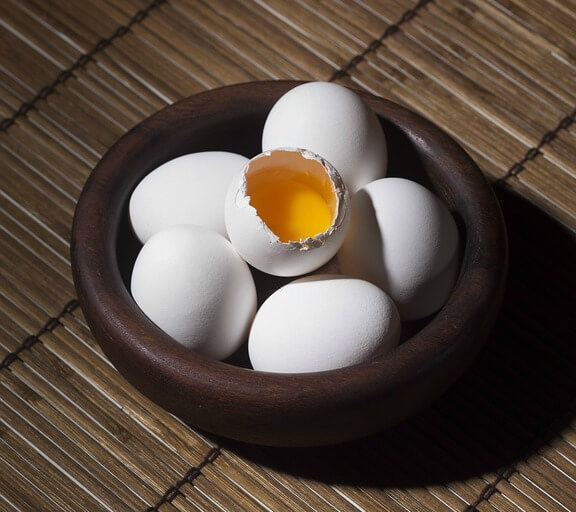
Egg is one of easiest and cheapest protein rich food that you can include in your child’s diet. You can give 1-2 eggs to your child everyday depending on taste and preference. One egg can provide close to 6 grams of protein.
Egg is one of the most versatile ingredients and can be given boiled, half-boiled, fried, sunny side, omelette, curried, in a sandwich, salads etc.
Fish
Fish is a lean protein and one of the healthiest non-vegetarian foods around. A 25 gram piece of fish either currie, grilled or steamed could give your child 18 grams of protein.
Chicken
Chicken is another popular lean meat, which you can give to your child. It is white meat and thus lower in fat as compared to red meat.
Meat
Red meat like lamb, mutton etc. are also good sources of protein, however they should only be served occasionally.
Can you have too much protein?
Protein is important to repair and build body tissues. But, the protein just like carbohydrates and fats contain calories, and those calories which do not get used up will be converted to fat and stored in body. So, as is well known, a balanced diet with everything on the plate is the key to a healthy kid.
Include few of the above listed protein rich foods in your child’s daily diet and s/he should not have any issues about deficiency of protein in his/her diet
